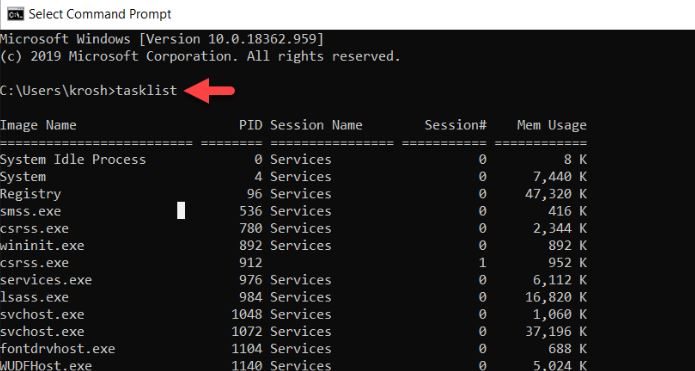Welcome to this in-depth guide on how to stop Windows processes using the command line. Whether you’re a seasoned pro or a novice user, this article will equip you with the knowledge and techniques to effectively manage your system processes.
Understanding Windows Process Management
Start by understanding that every running program on your Windows system is represented by a process. These processes consume resources like CPU time and memory. Sometimes, processes can become unresponsive or problematic, requiring you to terminate them manually. That’s where the command line comes in handy.

Stopping Processes with Taskkill
Taskkill Basics
The taskkill command is a powerful tool for terminating processes from the command line. It offers various options for selecting and stopping processes.
Using Taskkill Syntax
The basic syntax of taskkill is:
taskkill /im processname.exe
Replace “processname.exe” with the name of the process you want to stop.
Additional Options
Taskkill provides numerous options to customize the termination process:
/f: Forces the termination of the process./t: Terminates the process and its child processes./pid: Specifies the process ID (PID) instead of the process name.
Killing Processes with WMIC
WMIC Overview
Windows Management Instrumentation Command-line (WMIC) is another command-line tool that allows you to manage processes. It provides a more structured approach compared to taskkill.
Using WMIC Syntax
To kill a process using WMIC, use the following syntax:
wmic process where name="processname" call terminate
Replace “processname” with the name of the process you want to terminate.
Table Breakdown of Process Termination Commands
| Command | Description |
|---|---|
| taskkill | Terminates processes using various options. |
| wmic process where name=”processname” call terminate | Terminates a specific process using WMIC. |
| ps | Lists all running processes. |
| netstat -ano | Lists network connections and associated process IDs. |
| System Monitor | A graphical tool that provides a comprehensive view of system processes. |
Conclusion
Congratulations, Windows User! You are now equipped with the knowledge and tools to effectively stop processes using the command line. Remember to use these techniques responsibly to maintain a stable and efficient system.
For more helpful articles on Windows management and troubleshooting, be sure to check out our blog.
FAQ about How to Stop Windows Process Command Line
How do I display all running processes with their command lines?
tasklist /v
How do I stop a process by its process ID?
taskkill /pid [process id]
How do I stop a process by its window title?
taskkill /im [window title]
How do I stop a process by its executable name?
taskkill /f /im [executable name]
How do I stop multiple processes by their command lines?
taskkill /f /fi "commandline eq [command line]"
How do I stop all processes created by a specific user?
taskkill /f /fi "username eq [username]"
How do I stop all processes running in a specific user account session?
taskkill /f /s [session id]
How do I stop all processes listening on a specific port?
taskkill /f /fi "port eq [port number]"
How do I stop all processes that have a specific file handle open?
taskkill /f /fi "handles eq [file handle]"
How do I stop all processes that match a wildcard string in their executable names?
taskkill /f /im "*[wildcard string]*"
